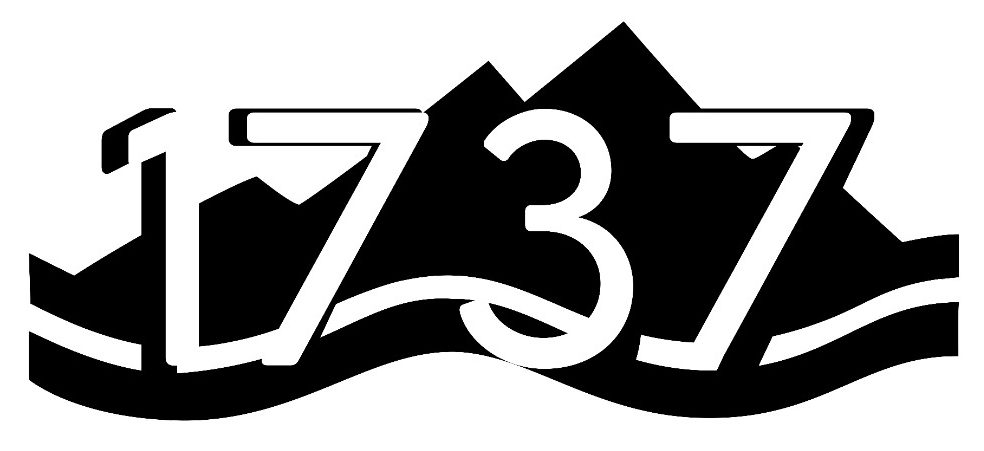Каска СШ-40 — стальной шлем образца 1940 года, средство индивидуальной защиты военнослужащих. Он широко использовался в Вооружённых Силах Советского Союза во время Великой Отечественной войны и в послевоенные годы. Только за годы было создано более десяти миллионов таких изделий, сохранивших жизни многим тысячам советских солдат.
В годы войны каски выпускались металлургическим заводом «Красный Октябрь» в Сталинграде и Лысьвенским металлургическим заводом.
СШ-40 выпускался только трёх размеров. Масса стальной части шлема (без подтулейного устройства) самого большого размера составляет 800 грамм.
Главное отличие СШ-40 от более ранних моделей советских шлемов это материал изготовления. Каска изготавливалась из легированной броневой стали толщиной 1,2 мм. Прочная и надежная каска советского солдата выдерживала попадание автоматной пули с расстояния в 150 метров. Но даже в том случае, когда пуля пробивала каску, вероятность смертельного ранения сокращалась в разы.
Бойцы нередко называли каску «стальной фронтовой подругой». Солдатская каска стала символом воина — победителя.
The SS-40 helmet is a steel helmet of the 1940 model, a means of individual protection for military personnel. It was widely used in the Armed Forces of the Soviet Union during the Great Patriotic War and in the postwar years. Over the years it was created more than ten million such items that saved the lives of many thousands of Soviet soldiers.
During the war, helmets were produced by the Red October Metallurgical Plant in Stalingrad and the Lysva Metallurgical Plant.
The SS-40 was produced in only three sizes. The weight of the steel part of the helmet (without the underbelly device) of the biggest size is 800 grams.
The main difference of the SS-40 from the earlier models of Soviet helmets is the material of manufacture. The helmet was made from 1,2 mm thick alloy armored steel. Rugged and reliable helmet of the Soviet soldier could withstand a hit of an automatic bullet from a distance of 150 meters. But even when the bullet penetrated the helmet, the probability of a fatal wound was reduced many times.
Soldiers often called the helmet a «steel front friend». The soldier’s helmet became a symbol of the warrior-winner.


